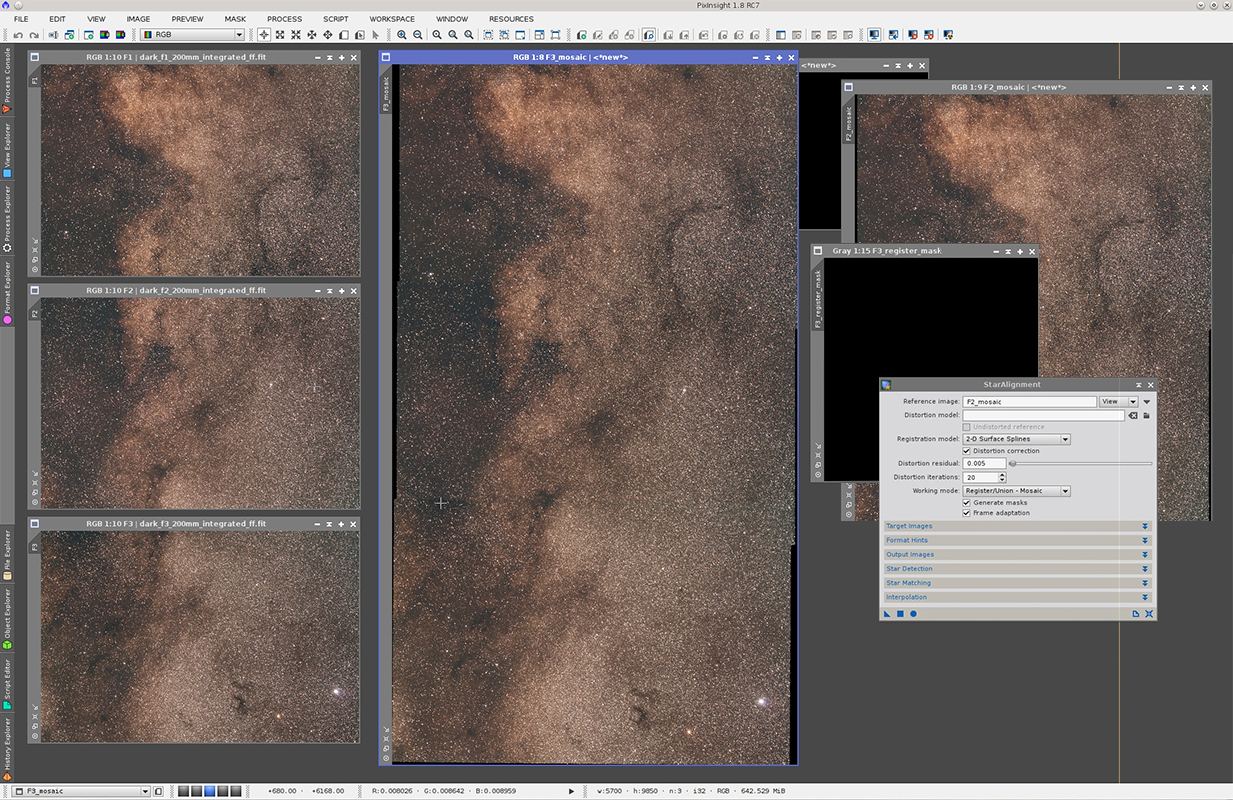


Our Galaxy: Our Galaxy from a different perspective, helps you visualize the spacial relationships between different objects within our galaxy. SkySafari 6 Pro : Highly visual planetarium program with telescope control, object information, and access to hundreds of Hubble telescope images. Access to research images from professional archives.Ĭartes du Ciel: Sky charts with access to multiple astronomical catalogs. Observatory: Astronomical Image management with file organization in smart albums, manual and automatic image tagging with plate solving, notes, and Mac Finder Fits, XISF file previews. The files I used are 5 Mp images on 0.3 MB jpeg files, which I make available.HNSKY (Hallo Northern Sky): 30,000 object database planetarium with INDI telescope control brought to you by the same developer of ASTAP.ĪstroPlanner: Astronomical planning and observation, visualization and logging with telescope control. Given the camera (2004 vintage) and my backyard conditions this is very respectable. If the result from Sequator is ported to PS and the levels are adusted to show stars, there is almost no difference between it and the result of processing with IRIS from the start. Subsk圓 does a numerical fit to the light pollution level, where the background is defined by reasonably bright stars using the routine bin_down. Under difficult (non linear) background conditions the Sequator 0.9b is no match to the subsk圓 option in IRIS. If any suggestion, welcome to feedback to me. Many algorithms of Sequator are still in development. The distortion correction works well, about as well as the regional matching using quadratic in the IRIS star registration. The registration of the 10 images is much faster then IRIS. The strong light pollution makes these images difficult.

I tested Sequator 0.9b on a sequence of 10 (15sec) shots of the aBoo area, taken with a Canon powershot S50 n my backyard. Not sophisticated but try to make everything simple, and hope you will enjoy. Here are some sample images taken by me in city:

Sequator can support RAW input and 16-bit TIFF output, which is useful for post processing. The gradient stacking function can avoid the ground to avoid skyline blur with the rotation of the celestial sphere. When shot stars in city, by applying the filter to reduce the light pollution we can get a low pollution result like in wild. Sequator is also equipped with some interesting processing functions for star images. Almost all parameters are determined automatically & intelligently. Similar to DSS, however, is much easier for most DSLR users. Sequator can track stars on multiple images, align them and stack. I'd like to share a stacking software designed by me.


 0 kommentar(er)
0 kommentar(er)
